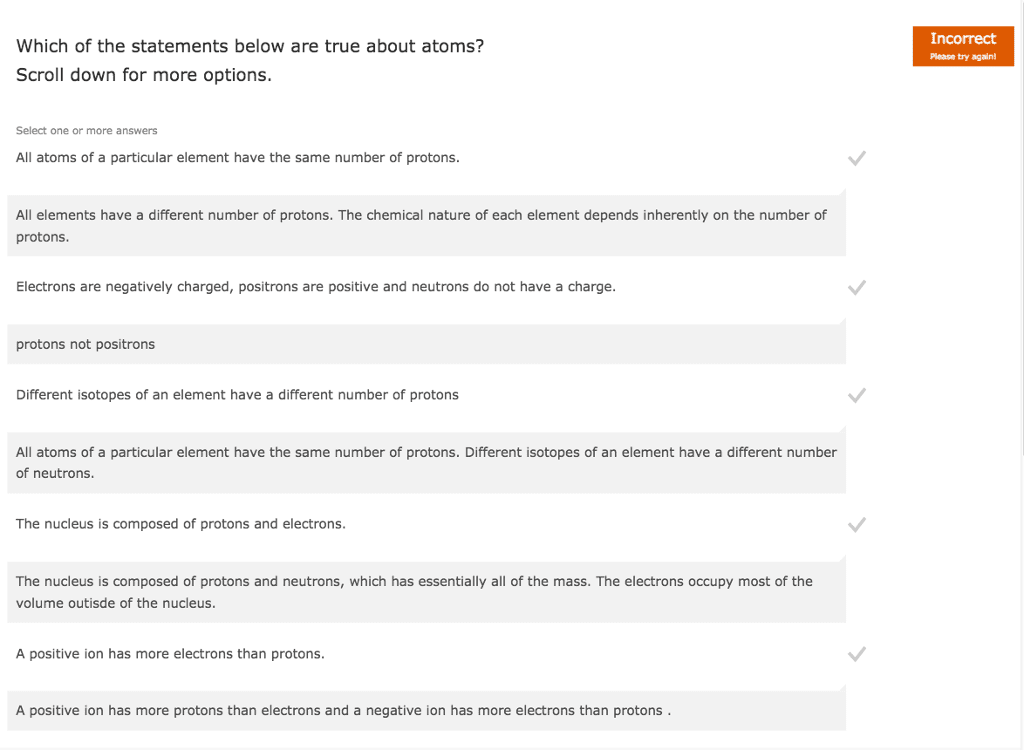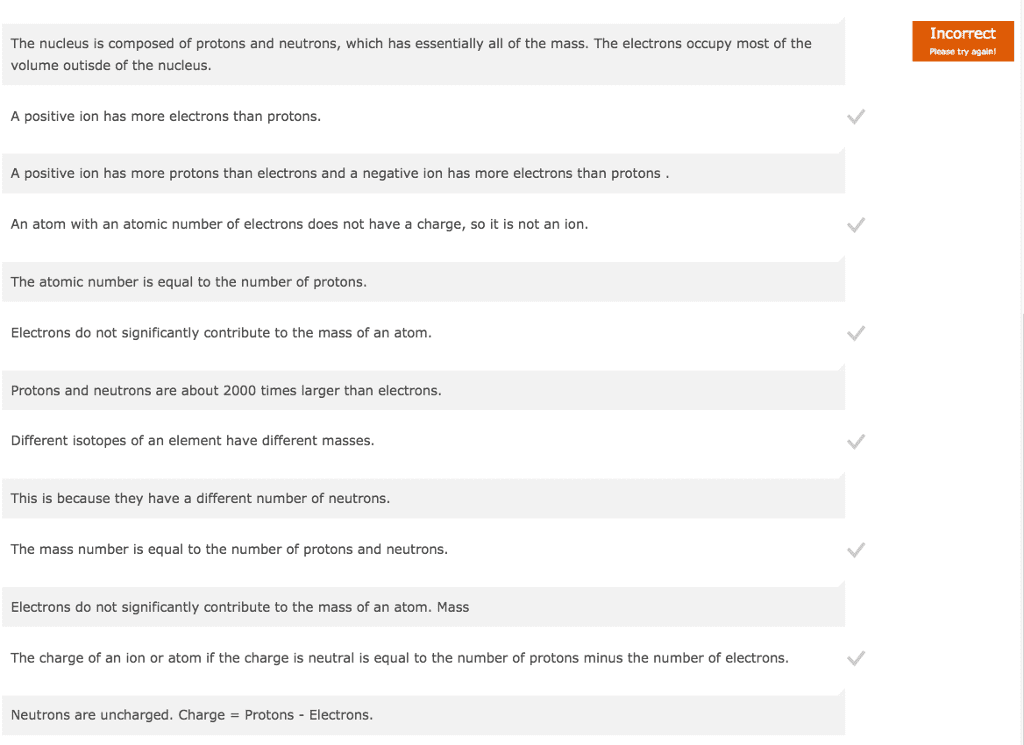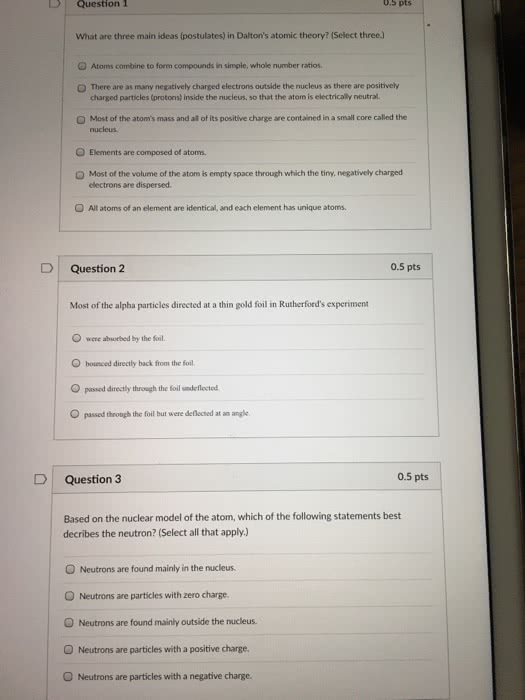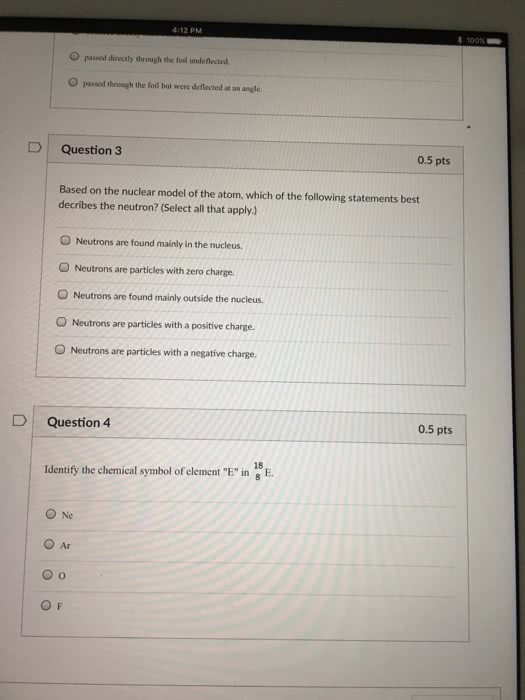CHEM 1201 Chapter : Chap2summ
Document Summary
Dalton"s theory (4 postulates: all matter is composed of tiny particles called atoms, all atoms of a given element have identical chemical properties. In chemical reactions, atoms of an element are not changed into different types of atoms; instead, a chemical reaction changes the way atoms are combined. Atoms are neither created nor destroyed: atoms form chemical compounds by combining in whole-number ratios. Atoms consist of protons (+ charge), neutrons (no charge) and electrons(- charge). Protons and neutrons make up most of the mass of the atom and are in the nucleus. Electrons are outside the nucleus and make up most of the volume of the atom. Atomic number (z) = number of protons in the nucleus (element # on periodic table) Mass number (a) = the total number of protons + neutrons. Neutral atoms have the same number of protons as electron. Ions have the same # of protons & neutrons, but different # of electrons.





